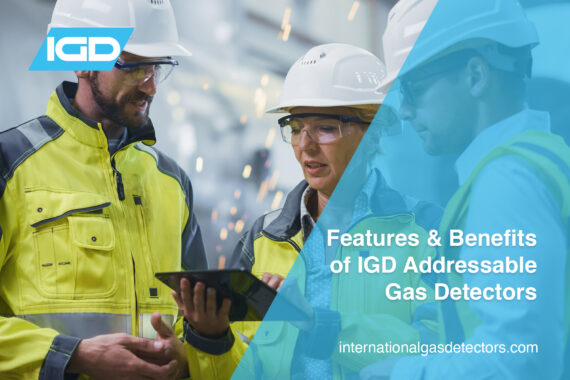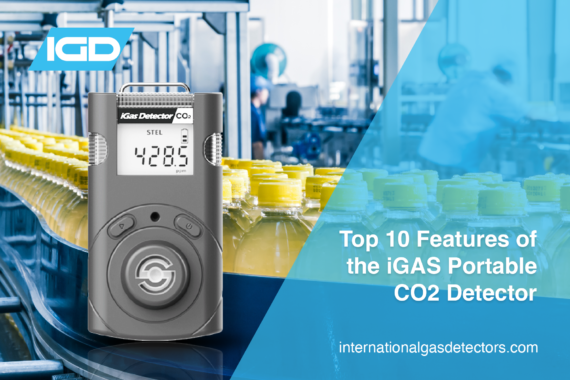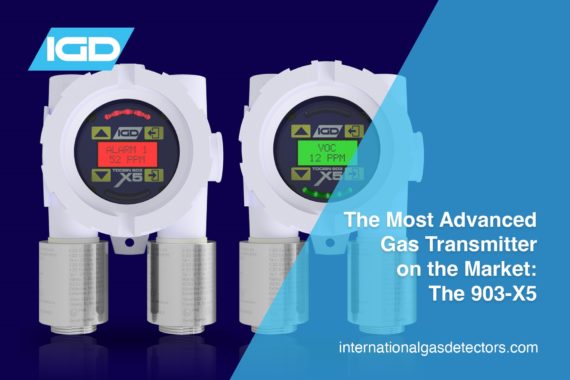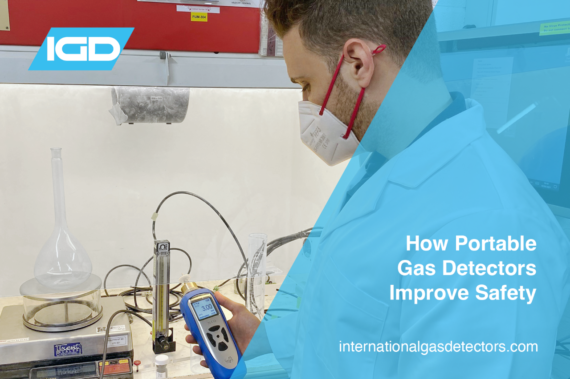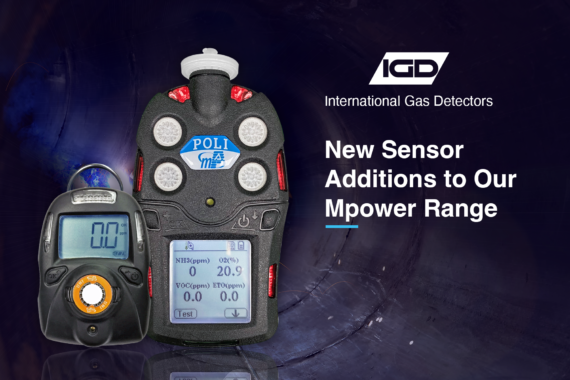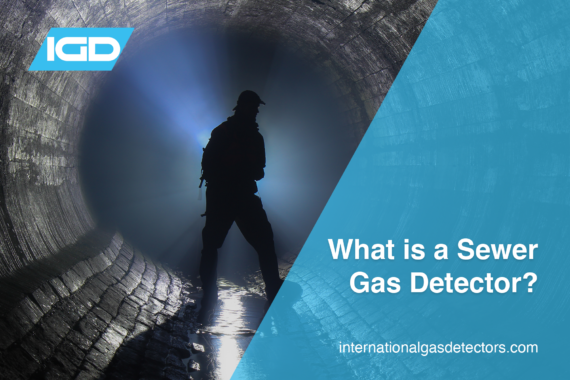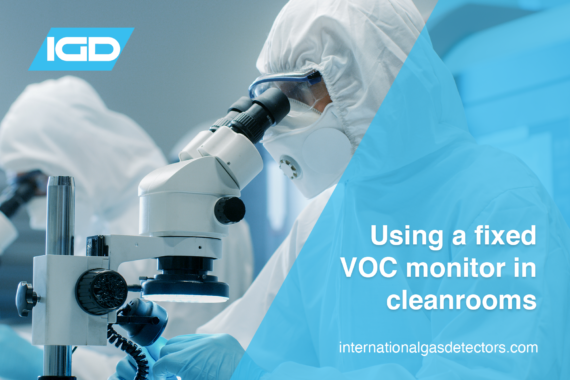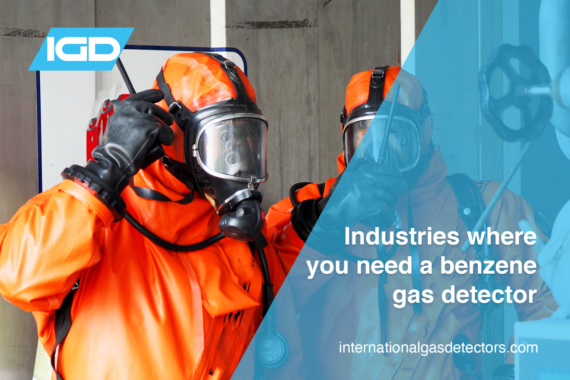Addressable is often seen as being complex; this is a common myth and does not match up to the simplicity of the system and plethora of benefits that addressable gas detectors can offer. This article explores these features and benefits of addressable gas detection, in particular with IGD, demonstrating how we can enhance your safety with detectably better addressable gas detectors. Read below to find out more.
The 5 Most Common Industry Applications for the NEO PID
The NEO PID is the most advanced portable gas detector on the global market and is used to monitor volatile organic compounds (VOCs). The sensor can monitor over 700 VOC gas species and reliably detect down to parts per billion levels (ppb) and up to 15,000 parts per million (ppm). This blog post will explore five industry applications in which the NEO PID can be used and the benefits it provides.
Top 10 Features of the iGAS Portable CO2 Detector
CO2 detection is very important across a wide range of industries, including (but not limited to): Education, Beverage, and Refrigeration. Portable CO2 Detectors helps to enhance personal protection from this gas, reaching areas that fixed devices cannot. So, choosing the right portable CO2 detector is essential to your business and your teams safety, but it can be difficult to know which is the right one as there out so many options on the market. This blog post details the top 10 features of our portable CO2 detector, the iGAS from SENKO, to help with the choosing the right portable CO2 detector for you. Read on below to find out more about the iGAS’s best features.
The Most Advanced Gas Transmitter on the Market: The 903-X5
International Gas Detectors Ltd are excited to announce the latest addition to our product range: the TOC-903-X5 gas transmitter. This brand-new gas detector transmitter provides a huge leap in technology to the gas detection market, with its dual gas sensing capabilities and onboard connectivity. Backed by our 100 years of experience in gas detection technology, you can be sure that you are getting the most advanced gas transmitter on the market with full-service support from the experts in gas detection technology.
Using PID Portables for Military Applications
Gas detection is provided in two formats: portable (such as the PID portable) and fixed. Understanding gas risks often requires a combination of the two, but there are applications in which only one will do. IGD’s multi-gas and PID portable is well suited for aspects of military applications which will be outlined in this article.
How Portable Gas Detectors Improve Safety
Portable gas detectors play a vital role in industry and research by protecting personnel from unpredictable gas hazards as they move from place to place. In this article, we’re looking at why portable gas detectors are often an essential part of any gas detection strategy.
New Sensor Additions to our MPower Range
IGD are proud to announce that we are further extending the sensor range in the Mpower portable products. Our partnership with Mpower and the new sensor additions, now extend our portfolio of portable
detection into various industries sectors that we couldn’t before.
What is a Sewer Gas Detector?
In the sewer industry (wastewater) there can be a plethora of hazards encountered by personnel. Not only do personnel frequently enter confined spaces, but these areas are filled with decomposing waste and other hazardous materials. Gases emitted from these materials as well as the need to monitor O2 depletion levels are of the utmost importance in these environments. Therefore, we would need to employ a Sewer Gas Detector, otherwise known as a multi gas detector. Read on to find out more about the sewer gases and the industry around it, in addition to the ideal Sewer Gas Detector for your industry.
Using a Fixed VOC Monitor in Cleanrooms
Cleanrooms are found across a wide range of industries for a vast range of uses. This includes the most common ones such as laboratories, pharmaceutical and medical as well as semi-conductor applications and many other less common ones. Each of these industries need to monitor VOCs for a wide range of reasons, from the hazards they may cause to the personnel to the effects on the work they are doing, thus a fixed VOC monitor will be needed in each of these applications. This article will detail the reasons why a Fixed VOC Monitor may be required in each application as well as the hazards that come with VOCs. This article will also detail the revolutionary Fixed VOC Monitors on offer from IGD. Read on below to find out more.
Industries where you need a Benzene Gas Detector
Benzene gas can be found in a wide range of applications, mostly being environmentally related such as petroleum and process industries. Benzene is a liquid at room temperature but quickly turns vaporous in the atmosphere, meaning this can be highly prevalent in these industries. . This article will delve into where benzene gas is found, the dangers associated with this substance and IGDs detectably better Benzene Gas Detector solutions to help mitigate the risks of this gas.

